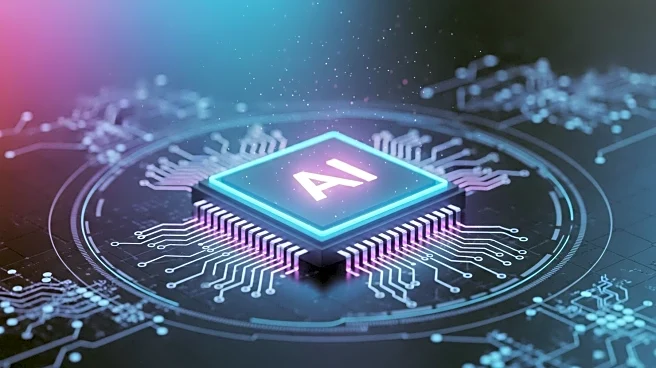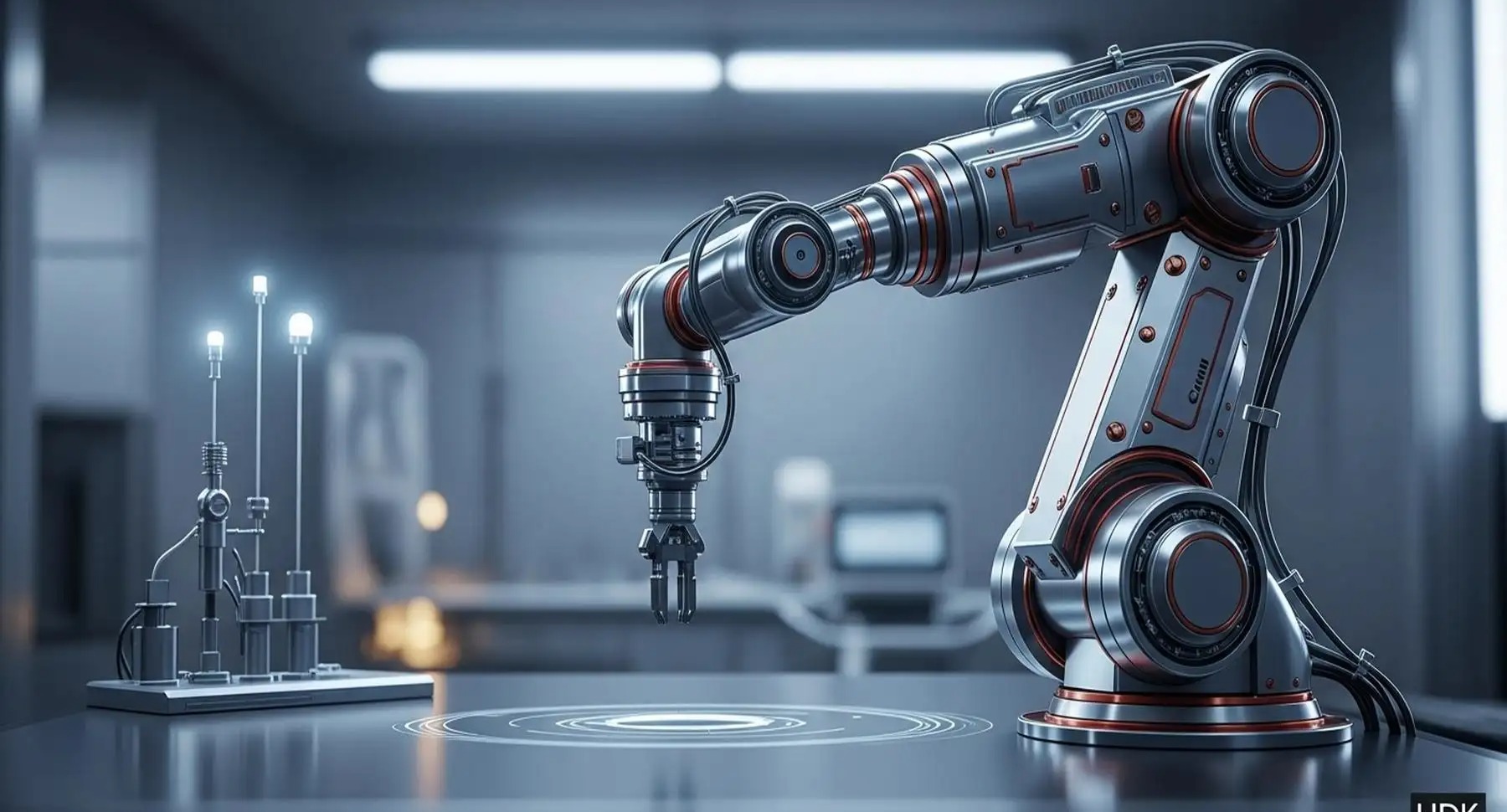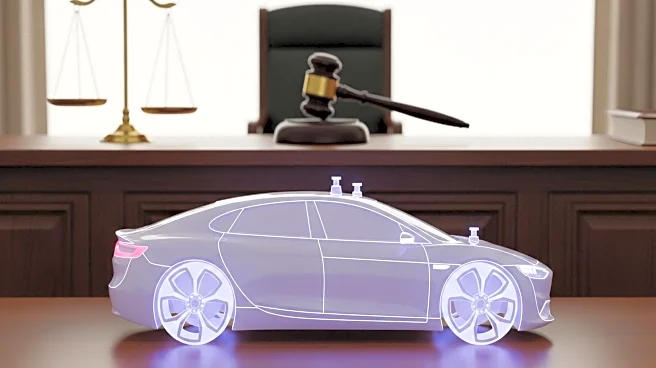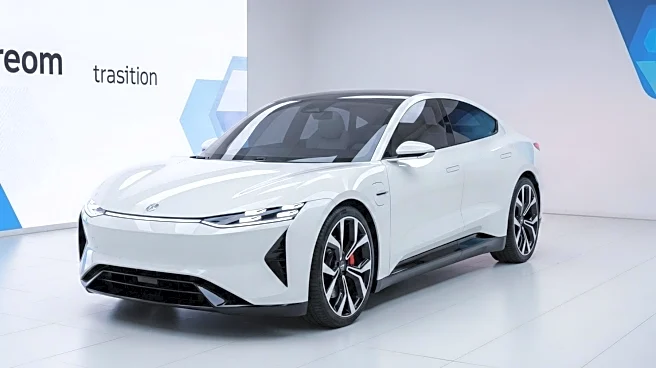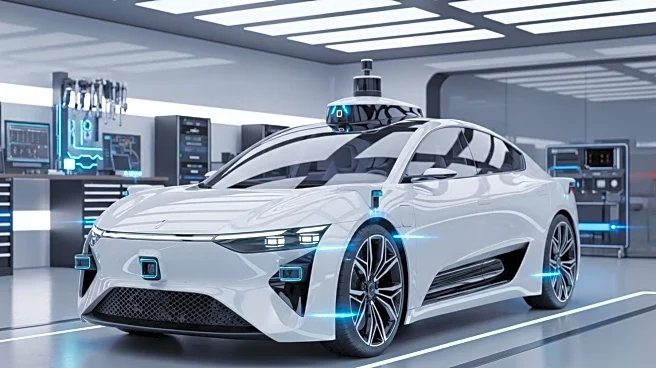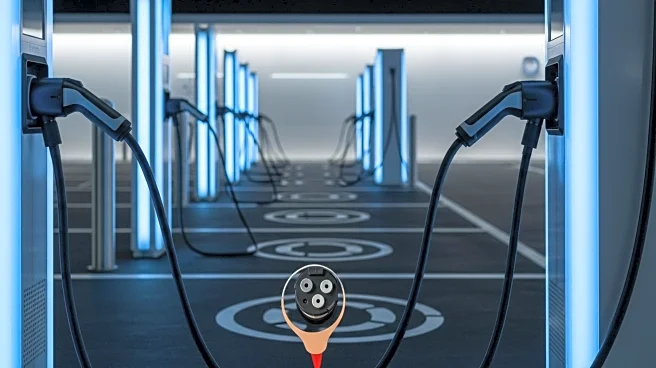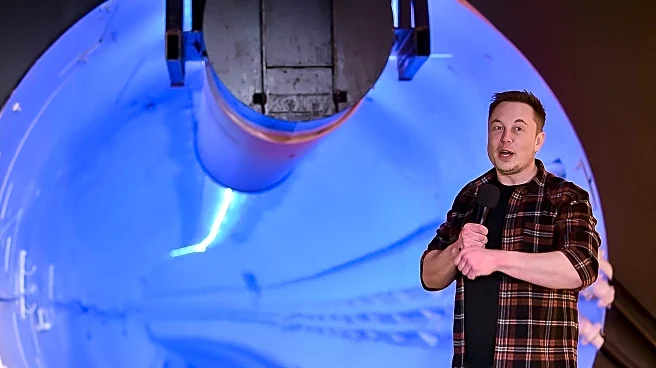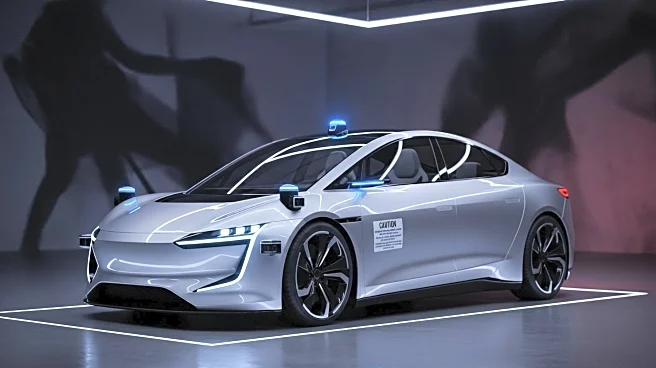What's Happening?
Tesla has announced its 'Master Plan Part Four', emphasizing a strategic shift towards artificial intelligence and robotics. This plan, shared on the social media platform X, highlights Tesla's commitment to achieving 'sustainable abundance' by integrating AI more deeply into its product lineup. The plan includes advancements in Tesla's Optimus humanoid robot and aims to enhance various aspects of the company's operations, from robotaxis to manufacturing processes. This move comes as Tesla seeks to leverage AI to address challenges and opportunities in the automotive industry, particularly as it faces declining sales.
Why It's Important?
The introduction of Tesla's AI-oriented plan signifies a pivotal moment for the automotive industry, as it underscores the growing importance of AI and robotics in shaping the future of mobility. By focusing on AI, Tesla aims to improve efficiency, reduce costs, and enhance the user experience across its product range. This strategy could potentially set new standards for the industry, influencing competitors to adopt similar technologies. The plan's success could lead to significant advancements in autonomous driving and manufacturing, impacting stakeholders such as consumers, investors, and other automakers.
What's Next?
Tesla's focus on AI and robotics is expected to drive further innovation in the automotive sector. The company may face challenges in implementing these technologies at scale, but successful integration could lead to increased market share and influence. Industry observers will be watching closely to see how Tesla's competitors respond and whether they will adopt similar strategies. Additionally, regulatory bodies may need to address new safety and ethical considerations as AI becomes more prevalent in vehicles.
Beyond the Headlines
Tesla's AI-driven approach raises important ethical and legal questions about the role of robotics and AI in society. As these technologies become more integrated into daily life, issues such as data privacy, job displacement, and safety standards will need to be addressed. The company's vision of 'sustainable abundance' also prompts discussions about the environmental impact of AI and robotics, as well as their potential to contribute to sustainable development goals.
